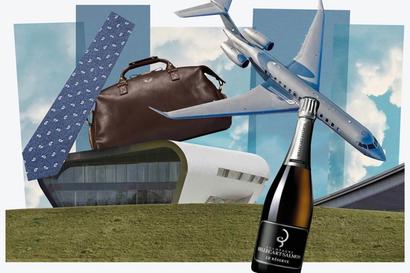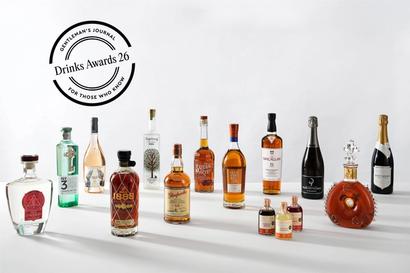
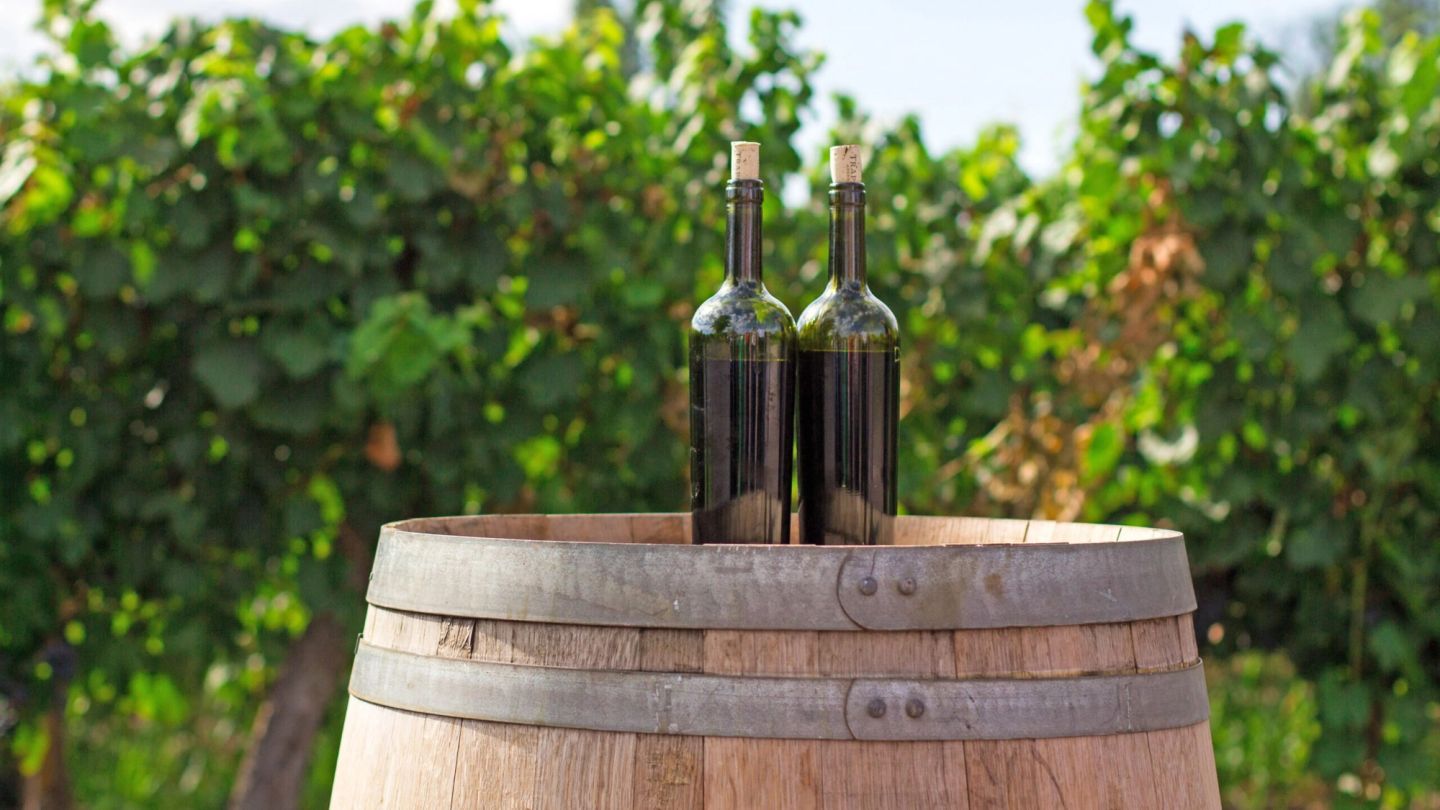
Here’s why you should be drinking organic wine
Always been unsure about organic wine? Here, we uncork the science and round up the best bottles for first-time triers…
- Words: Gentleman's Journal
Legend has it that organic wine is markedly better for hangovers. And, if that’s not a reason to give it a go, we don’t know what is. Not convinced? Then allow us to throw a couple reasons more your way. Additionally, organic wine has a more positive impact on the environment. It has significantly increased health benefits over a normal bottle. And it’s chocked with fewer sugars, additives and sulphites.
Interested? You should be. But what is it that actually makes an organic wine ‘organic’? Reader, it’s all in the grapes. Forget pesticides, forget herbicides, forget anything remotely synthetic or artificial. Instead, envision a thriving biodiversity where the grapes flourish independently, free of any toxicity.
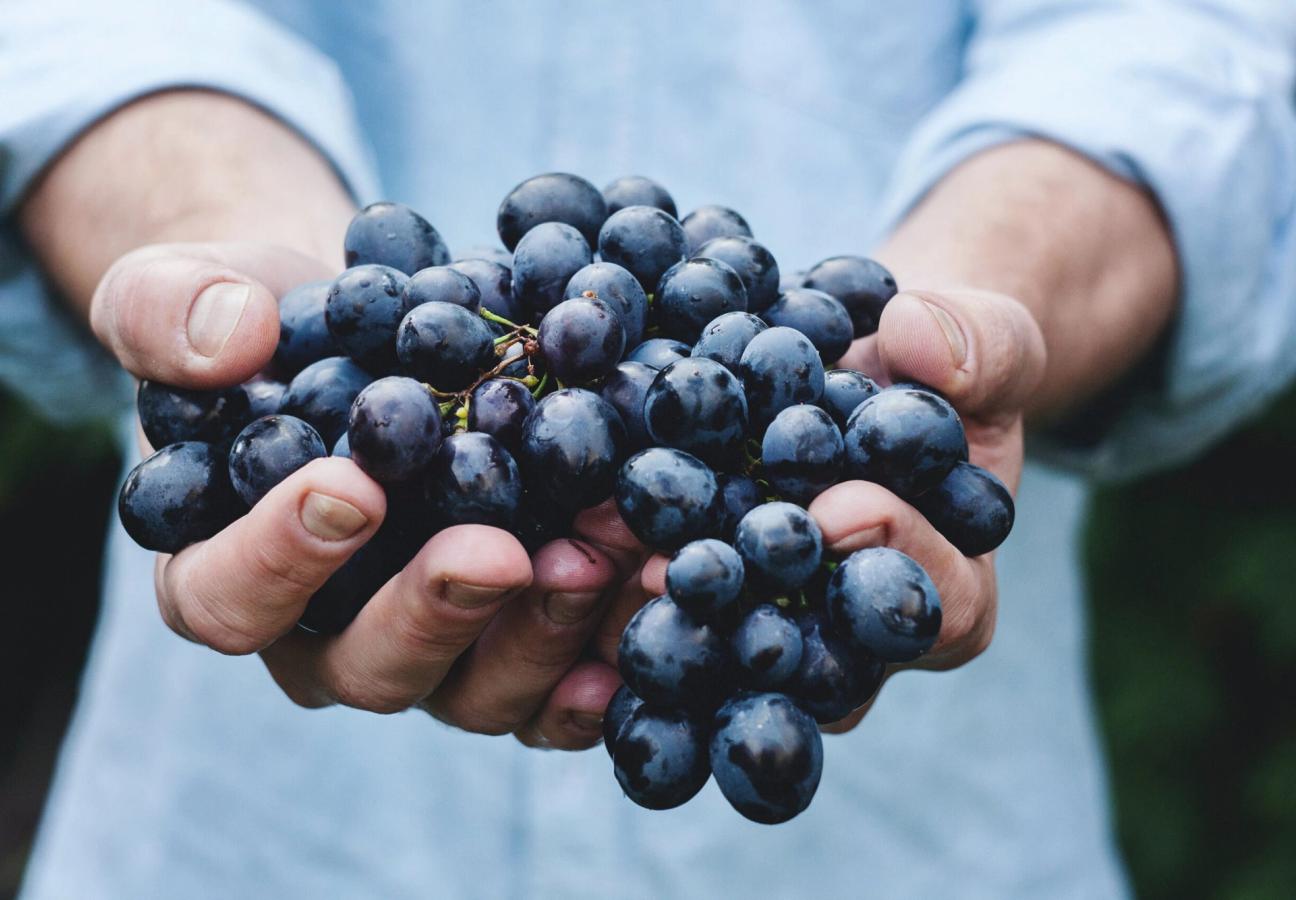
Organic winemakers turn to nature — rather than chemicals — to care for and maintain their vines, terroir and environment. Instead of employing man-made tactics and techniques, these environmentally-minded vintners utilise crops or other animals to keep any enemies (such as insects or weeds) at bay. The result? Plump, happy grapes, grown completely naturally and with purer, truer flavour as a result.
It’s not hard to imagine, then, why organically made wine benefits the health of consumers. Environmentally speaking, these vines are easier on the soil — and their grapes, once bottled, are better for our bodies.
These health benefits really speak for themselves — but we’ll give you a crash course anyway. Fewer pesticides on the vines mean fewer pesticides on the fruit — which mean fewer pesticides in the bottle, and then fewer pesticides in us. Free from toxins, this is wine made as the gods intended; clean, natural and able to be enjoyed guilt-free.
But, despite the natural benefits, the big question remains: what does it taste like? As with any wine, these bottles differ from vineyard to vineyard; vintage to vintage. But, broad strokes, eco-certified wine is likely to taste a little more earthy, natural and with sourer flavours or aromas than your usual supermarket plonk. They’re more clearly fruit-based, where mass-produced wine may strip away the character of the original grapes.
The best way to test, of course, is to take a sip yourself. So we’ve rounded up a selection of the best organic wines available — with tasting notes from both the vineyards, and our own discerning palates. So do a good deed for the environment (and your future hungover self): give it a try…
Turley Zinfandel Juvenile 2018
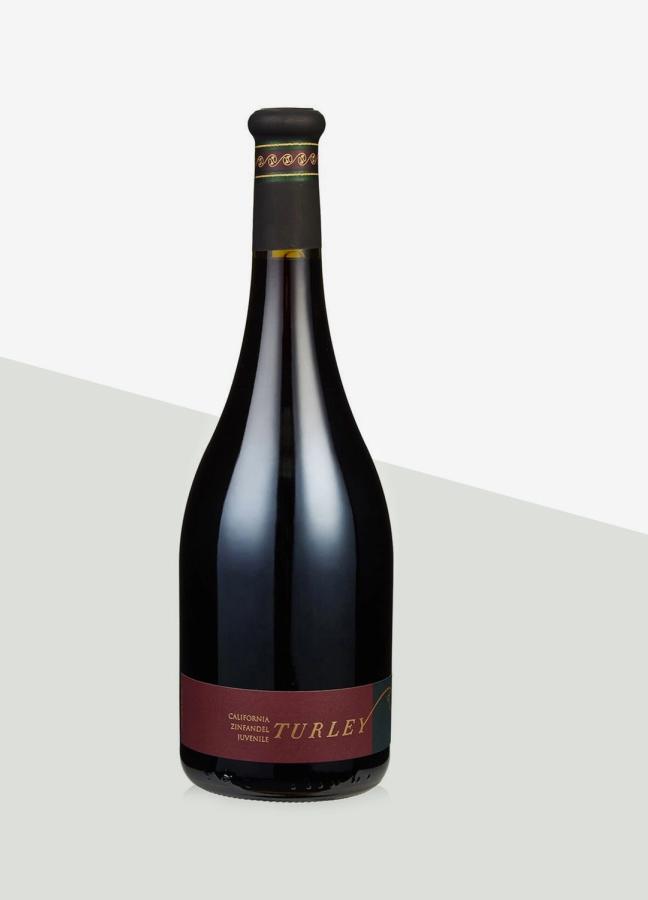
What they say: “Juvenile is actually composed of a variety of young vines that have been replanted in several of our most heralded old vine sites. We tag the vine when we replant it so as not to mix the brand new vine with its much older neighbours, then pick these young vines separately and make a distinct wine.”
What we say: The Turley estate has garnered rockstar status as an outspoken devotee to the once-unfashionable zinfandel varietal — and this is a fine example of the grape at its best. A medium bodied wine with gentle aromas of perfumed, earthy berries, it drinks well right out of the bottle. Serve it to your resident wine bore, and watch him eat his hat.
Umani Ronchi Centovie Pecorino 2018
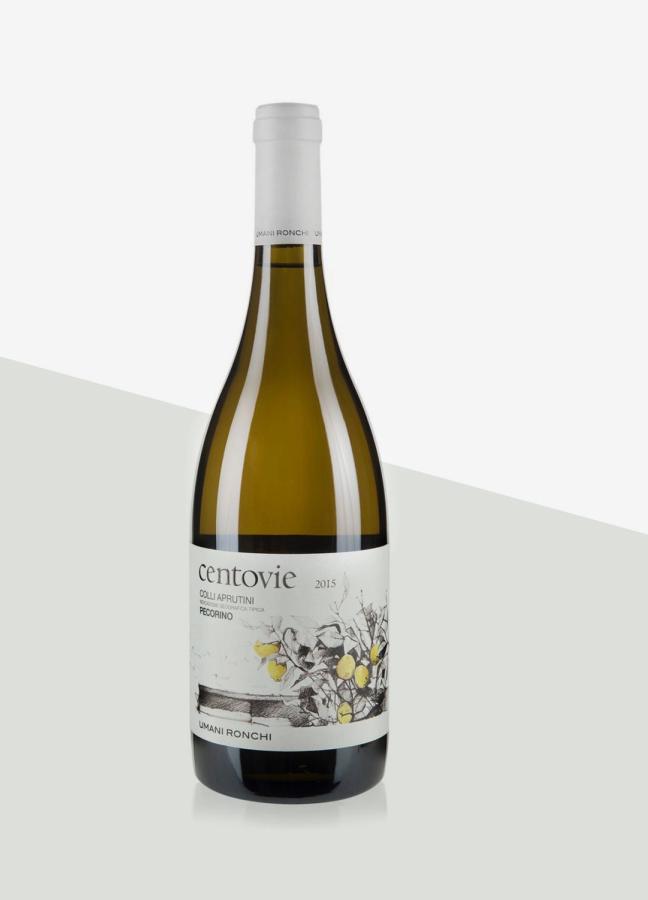
What they say: “Brilliant and intense straw yellow with bright reflections. The nose stands out with hints of citrus, white pulp fruit and field flowers — followed by aromatic herbs notes. On the palate, it is persistent and fresh with a confirmation of the aromas found in olfactory perception. Great sapidity due to the personality and minerality of the varietal.”
What we say: For once, it’s okay to be a sheep. Named after the wooly beasts that clamber over the rolling hills of the region (and love to eat the early ripening grapes off of the trees), Pecorino is fast on course to become one of Italy’s truly great grapes. This wine is brilliant, fresh, floral delight that has notes of aromatic herbs. A dinner party favourite.
Santa Cruz Mountains Trout Gulch Chardonnay Kutch 2017
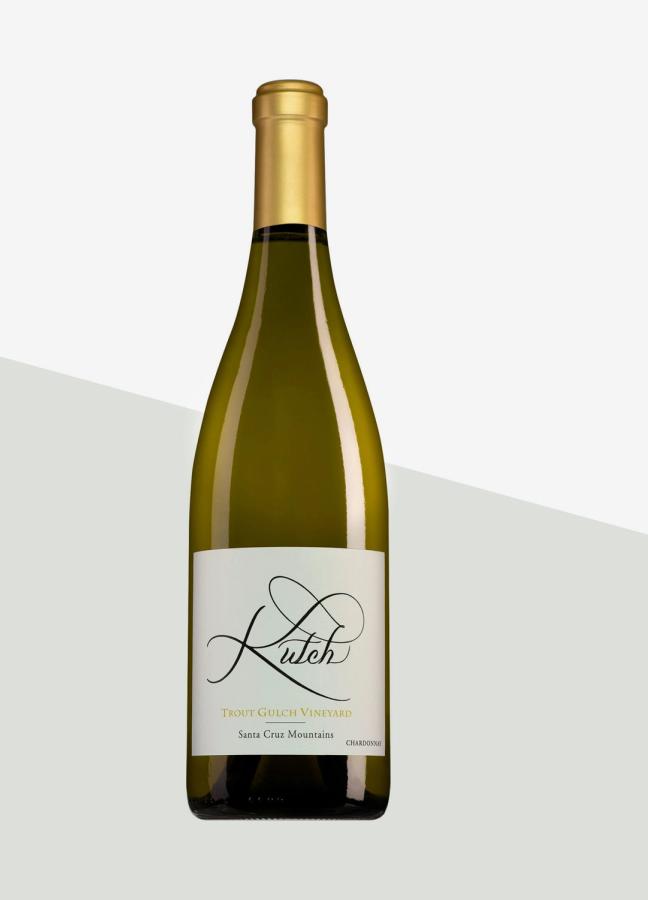
What they say: “The 2017 Chardonnay Trout Gulch is stellar. Bright and focused, as it always is, the 2017 offers a striking interplay of tension and fruit density. Lemon peel, white flowers, mint and chalk are all beautifully delineated in this saline, finely-sculpted Chardonnay.”
What we say: A wine to make you quit your day job. In 2005, Jamie Kutch traded his career on the stock exchange for a life of winemaking up in the Santa Cruz mountains. And a mid-life crisis has never tasted so good. This is a classic of the region — intense and well-structured, with notes of lemon peel, chalk, white flowers and mint.
Domaine FL Savennières Chamboureau 2016
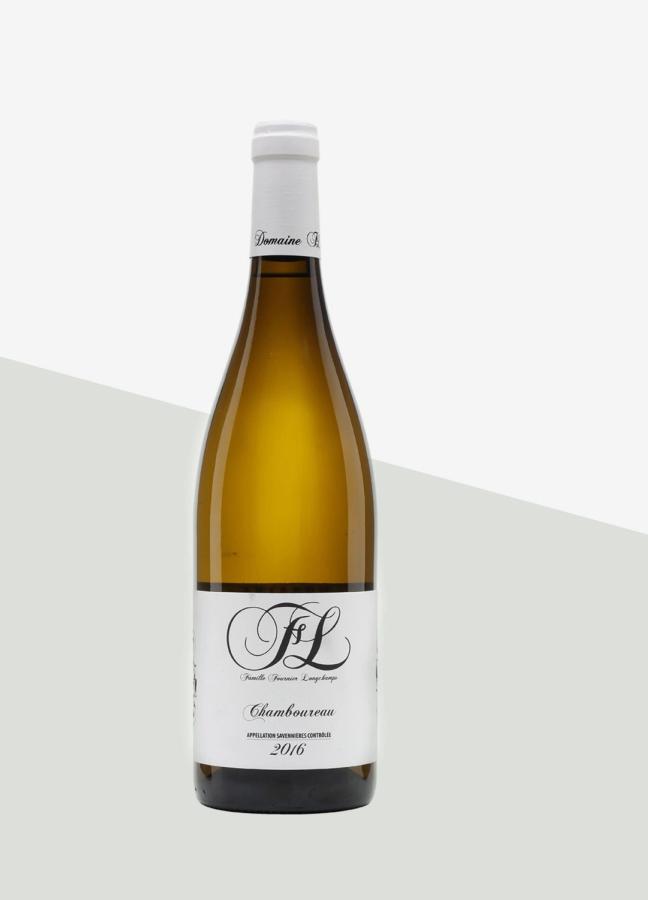
What they say: “Chamboureau is an organic Savennières cuvée produced on a very old plot of land, surrounding the château of the same name, to the east of the commune of Savennières. This regularly rewarded wine is characterised by its soft attack, its roundness and its aromatic persistence with notes of yellow fruits tending towards exotic fruits in older vintages.”
What we say: A smart, handsome, and grown up bottle — ideal for fish pie on Christmas eve. It’s made in the small but brilliant appellation of Savennieres, and boasts a remarkable racy minerality with nutty qualities and an incomparable ability to age. Rich, round and energetic with pure notes of baked apples, peach and tropical fruits.
Domaine de la Renardiere Chardonnay Jurassique 2016
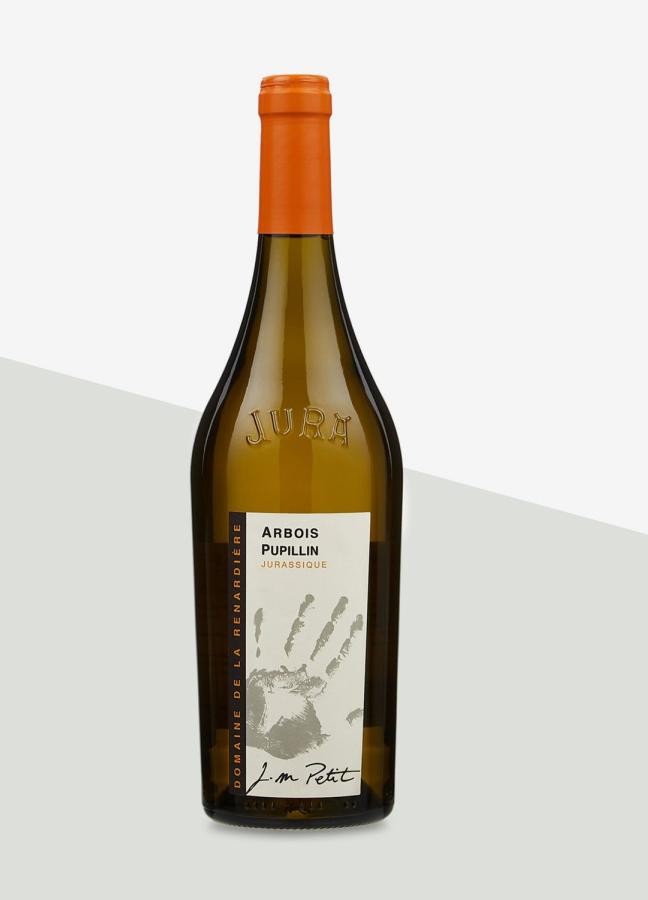
What they say: “This cuvée is made from fruit from 20 year old vines on limestone soils. The wine is fermented and aged in old barrels that are kept topped up. A rich knowingly Jura style chardonnay, supported by a line of refreshing acidity.”
What we say: Join a cult without drinking the kool aid. Wines from the Jura region, up in the mountains of eastern France, are fast becoming true cult classics, thanks to the frenzy of natural wine production taking place. This domaine has been farming along biodynamic principles since 2010, with wines fermented in old barrels that are kept topped up. Esoteric, unexpected, delicious.
La Soula Rouge 2014
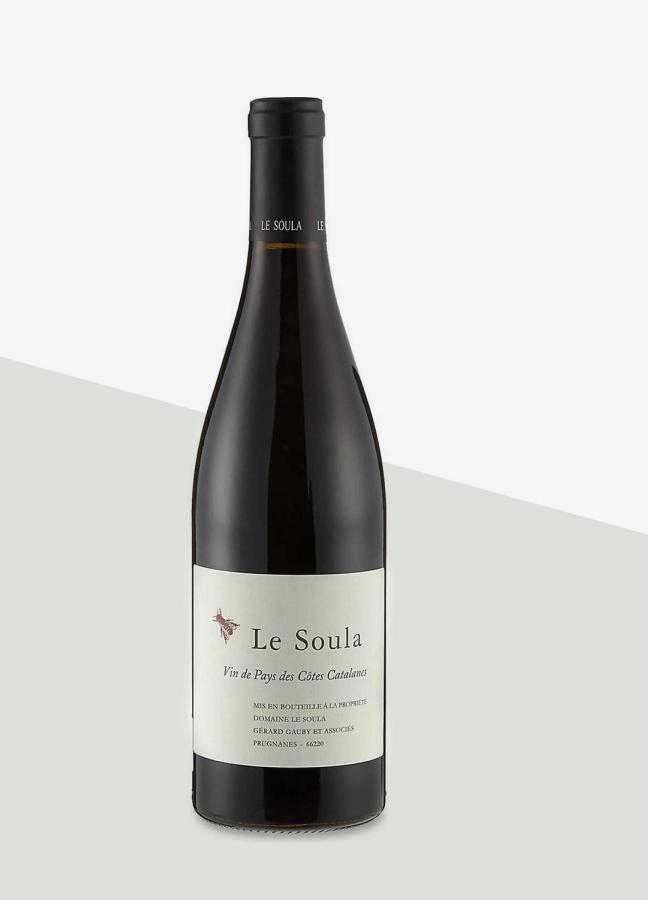
What they say: “The 2007 Le Soula rouge is a red of finesse and elegance, with a smoky, mineral, flinty edge to the pure red fruits nose.”
What we say: A hot tip: La Soula is perhaps one of the most sought after and enigmatic producers in France at the moment, so get in on the action before it goes mainstream. Made from once-abandoned vines in the Agly Valley in the foothills of the Pyrennes, this red boasts great complexity and elegance. It’s especially brilliant once decanted. And you drank it before it was cool.
Corbières Campagnès Maxime Magnon 2018
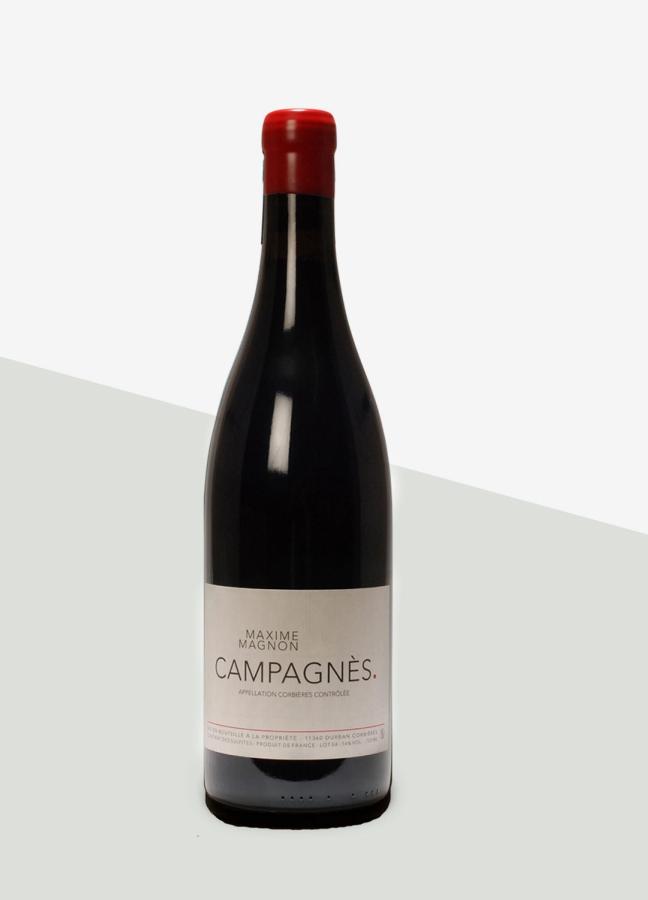
What they say: “A century-old field blend of mostly Carignan that is fermented whole-cluster and bottled unfiltered with very little sulfur.”
What we say: This Corbières Campagnès is Maxime Magnon’s greatest ever red, made from the ancient vineyards that local farmers weren’t willing to till. It drinks like a grand cru infused with southern soul — big and punchy, but with elegance and finesse. All in all, it’s a pretty magical combo. A true crowd pleaser.
Musar Jeune Red Gaston Hochar 2018
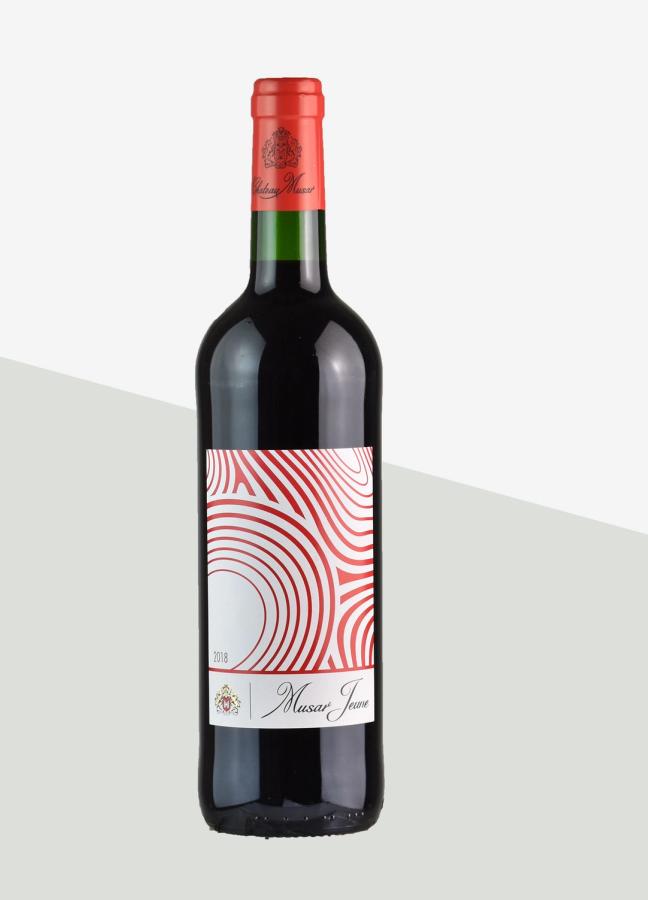
What they say: “An unoaked blend of Cinsault, Syrah and Cabernet Sauvignon from youthful Bekaa Valley vines. Meant for current consumption – within a few years of the harvest – this deeply-coloured, vividly fruity style, first produced in 2007, may yet prove to be a ‘keeper’. Inky-dark, silky-textured and aromatic, with blackcurrant, raspberry and cherry jam flavours and a warm, spicy finish”
What we say: A wonderful bottle with a beautiful back story. Chateau Musar was founded in 1930 by the eponymous Gaston, after he spent time with Bordeaux’s legendary winemaker Major Ronald Barton during the war. It is a brilliant example of Lebanon at its best — with spicy, savoury notes and oodles of succulent fruit.
Etna Rosso Emanuele Scammacca del Murgo 2018

What they say: “Ruby red colour; a scent of red fruit and spices (black pepper and cloves); taste savoury, harmonious, elegant, with good persistence and intensity. This wine is closely linked to the tradition and terroir of the territory of Etna. The oenological techniques used to enhance the varietal characteristics of the vines used. The very mineral taste is reminiscent of lava and volcanic sands.”
What we say: A wine forged in an inferno. The volcanic soils below these vineyards give rise to some unique wines — earthy, herbal, mineral. The vineyards here are organized into ‘contrada’, which have been carved out naturally by the flow of lava. Expect scents of red fruit and spices and a mineral palette reminiscent of lava and volcanic sands.
Prefer something with bubbles? Here are the best bottles of non-vintage champagne…
Become a Gentleman’s Journal member. Find out more here.
Further reading

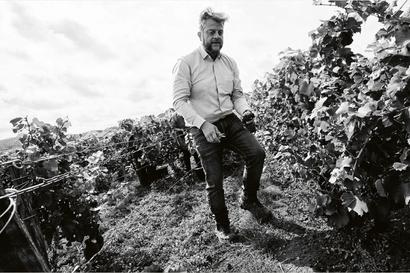
Behind the Bubbles
